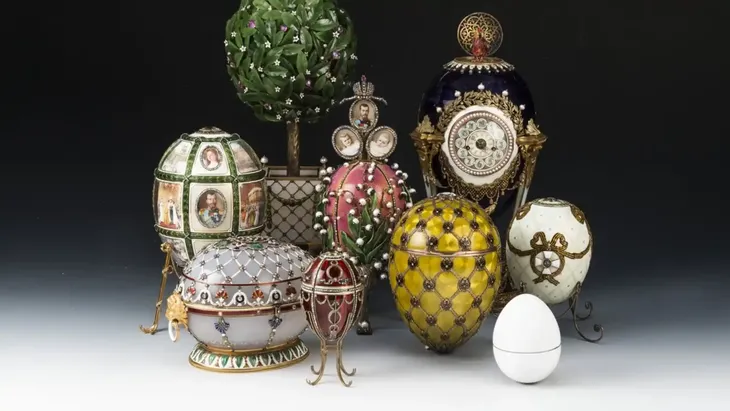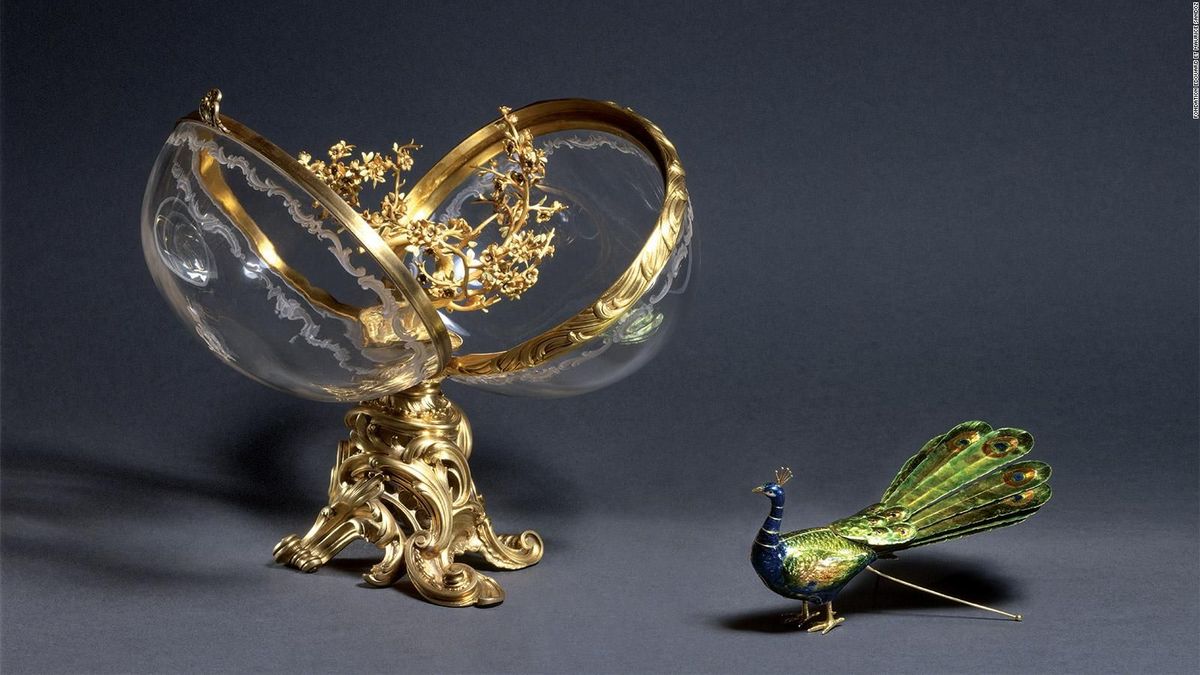Throughout the world there are hundreds of treasures pricelessnot only because of its price, but because of the historical value that they keep among their details. Crowns, paintings, sculptures, manuscripts and jewelry. They all have their corresponding place where they can be admired, in addition to having exclusive security systems. Such is the case of the Fabergé eggsalthough there is a great mystery behind this collection.
The royalty of the world They are usually the owners of these precious goods, and what better place to keep them than in palaces. However, in the case of the Russian Crownthey were not so lucky. Some of the pieces of a goldsmith collection of hundreds of years that were gifted as Easter gift by Carl Fabergé, They were lost over time, and the search for the missing ornaments continues.
hevos from faberge.webp
Who was Carl Fabergé
Carl Fabergé was born in 1846and was a Russian goldsmith born in Saint Petersburg, recognized for his extraordinary talent in creating jewelry and decorative objects. The son of a jeweler, he took over the family business and transformed it into a brand synonymous with luxury and creativity.
Fabergé was famous for his attention to detailthe use of high quality materials and the integration of innovative techniques in its pieces, which earned it to become the official supplier of the Russian imperial court until the day of his death in 1920.
What are Fabergé eggs?
Fabergé eggs are masterpieces of jewelry and craftsmanship, created by the Faberge House under the direction of Carl Fabergé, created between 1885 and 1917 on behalf of the tsars Alexander III and Nicholas II as gifts Passover for their wives and mothers. What makes them unique is their combination of luxury, creativity and functionality. Although they look like simple decorative eggs, each one is meticulously designed with very intricate details.
Each egg was made with precious materials such as gold, platinum and enamel, and decorated with precious stones such as diamonds, rubies, emeralds and pearls. The most fascinating thing is that they all contain a “surprise” inside, which can range from miniatures of palaces and ships to animal figures or functional clocks. These surprises used to have a personal or symbolic meaning for whoever received them.
In addition to the 50 imperial eggs, others were made for private clients, such as families Rothschild and Yusupov. In total, it is estimated that there are around 69 eggs created by the House of Fabergé.
Value of Fabergé eggs
The value of Fabergé eggs transcends their material price due to their history, symbolism and exceptional craftsmanship. In economic terms, some eggs reached astronomical figures at auctions. For example, the Rothschild Egg was sold in 2007 for more than 18 million dollarssetting a record at the time.
The value is also determined by factors such as provenance and state of conservation. Eggs directly associated with the tsars have a special appeal for collectors and institutions, such as the Kremlin Museum in Moscow or Faberge Museum in Saint Petersburg, which house important collections.
faberge eggs easter.webp

What happened to the missing eggs?
Of the 50 imperial eggs, 43 were located, while 7 are still missing. After the Russian Revolution, many eggs were confiscated by the bolsheviks and sold to finance the new regime. Some were destroyed or lost in the chaos of the time.
Over time, the missing eggs became the Holy Grail of the jewelry world. In 2014, one of them, the “Egg with Vacheron Constantin watch“, was rediscovered in the United States, bought as a simple decorative object by a dealer who later discovered its true value. This story raised hopes that other lost eggs may still be be hidden in private collections or antique markets.
Source: Ambito
I am a 24-year-old writer and journalist who has been working in the news industry for the past two years. I write primarily about market news, so if you’re looking for insights into what’s going on in the stock market or economic indicators, you’ve come to the right place. I also dabble in writing articles on lifestyle trends and pop culture news.




